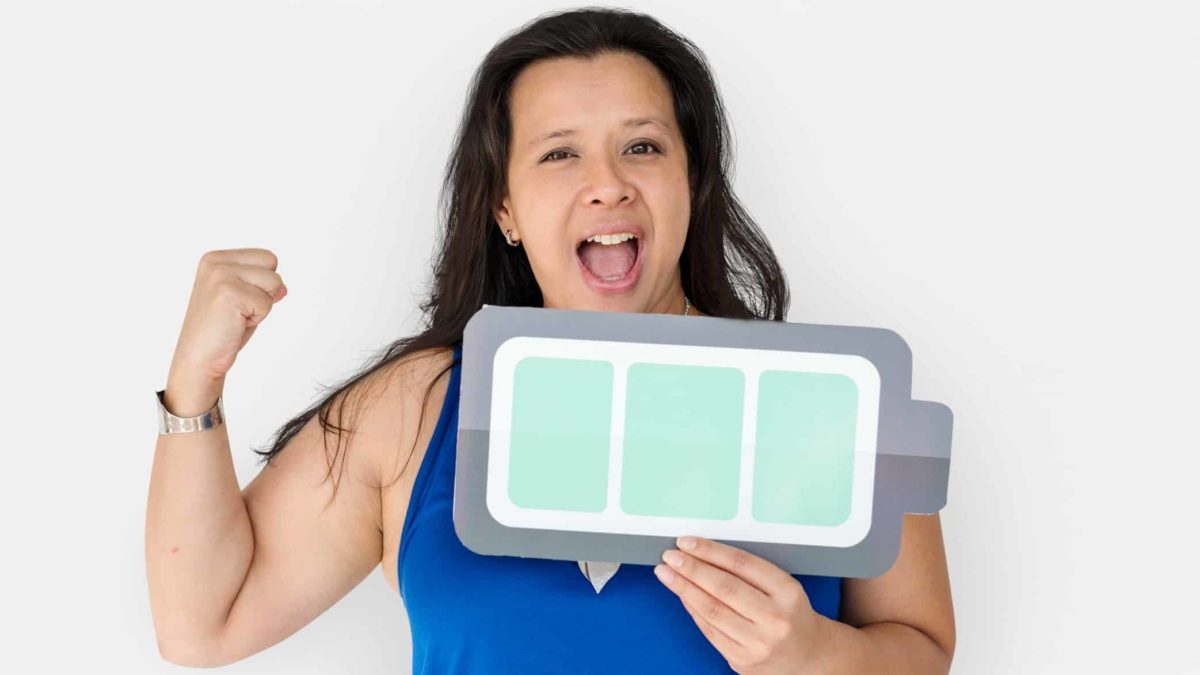ASX lithium shares are seeing growing demand for their production as more batteries are produced for cars, homes and other industrial uses. But, there could be another invention that could disrupt the sector: iron batteries.
While this competition for lithium may be relatively new, the idea behind it has been around for decades.
According to reporting by The Australian, this technology could be superior to lithium and an Australian business is involved.
Let's have a look at what iron batteries could offer the world.
Iron flow battery technology
It was reported that Australian company Fusion Energy has partnered with US electrochemist Bob Savinell, who has adapted a prototype he first developed in the early 1980s.
The Australian reporting suggested that iron is more abundant, cheap and generally less environmentally to mine compared to commodities like vanadium and lithium.
Why didn't it take off in the 1980s? There were problems regarding corrosion, and there was a lot of cheap fossil fuel around, so it didn't go any further.
According to reporting, Savinell's new model is "infinitely scalable", and is going to be trialled at three US and three Australian sites this year.
The iron batteries reportedly use iron chloride, carbon and water, which are stored in cubic-meter sized tanks.
How does it work? It consists of "positive and negative solutions in separate tanks, which are pumped into half cells where they come into close contact but are kept separate via a membrane, which allows the electrons to move from one tank to the other during charging, effectively storing the energy." Fusion Energy chief revenue officer Geoff Bentley said to The Australian:
The difference between our iron flow model and previous models is that the storage is decoupled from the battery, so if I want more storage, I just add another tank for it to flow through.
No other battery in the world works like this, and they're mobile, you can put
them in shipping containers and move them around.This will be an absolute game-changer. It will be able to power entire suburbs, and
allow major manufacturers to remove themselves from the grid.
Fusion Energy has estimated that the system can store energy for "as little as $50 per kilowatt hour, and last at least 25 years using 100% recyclable materials", implying it can "significantly disrupt the global energy market".
Foolish takeaway
I'm no expert at battery technology, but this seems like it's at a very early stage. Lithium is already widely accepted as a global battery commodity, and the global automotive sector is focused on developing vehicles that use lithium batteries.
Even if the technology is proven and globally scalable, it remains to be seen whether ASX lithium shares like Pilbara Minerals Ltd (ASX: PLS) and Allkem Ltd (ASX: AKE) would be in trouble. It's possible there could be enough decarbonisation demand for both battery technologies.








